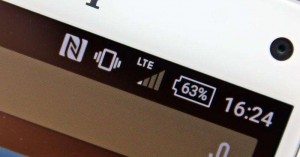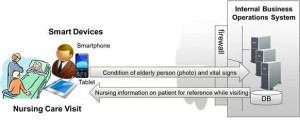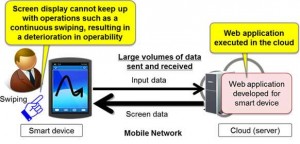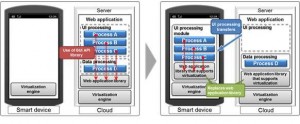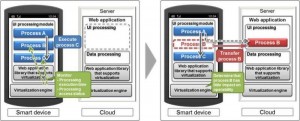Gadgets powered wirelessly at home with a simple Wi-Fi router
Our homes are a tangled mess of wires and chargers. But that might be about to change. Work is under way to use the Wi-Fi signals that surround us to power our gadgets.
In Seattle, six households have taken part in an experiment in which modified electrical devices were put in their homes along with a Wi-Fi router. Over 24 hours, the devices were powered solely by the router’s signal, which also continued to provide wireless internet access to the home.
How was this possible? The energy of the radio waves the router sent out was converted into direct current voltage with a component called a rectifier, much as solar panels convert light energy into electrical energy. That voltage was then boosted to a useful level by a DC-DC converter (arxiv.org/abs/1505.06815).
The system powered temperature sensors and battery-less low-resolution cameras, and charged standard batteries.
The hard part is getting the router to constantly push out enough energy, says team member Vamsi Talla from the University of Washington in Seattle.
When someone is browsing the web, the Wi-Fi signal is active and can be used to power devices. However, when not browsing the signal goes quiet.
“With Wi-Fi for communications, you only want to transmit when you have data to send,” Talla says. “But for power delivery, you want to transmit something all the time. There’s a clear mismatch.”
To get around this, the team designed software that broadcasts meaningless data across several Wi-Fi channels when no one is using the internet.
Small devices could use this as part of an internet of things, says Ben Potter at the University of Reading, UK. “Where we’re heading is to have more sensors in everything around us,” he says. “Innovations with microchips mean they can run with less power. For that type of application, this is interesting technology.”
The problem is that Wi-Fi is never going to provide a very powerful signal. Wi-Fi is tightly regulated in many countries – the US Federal Communications Commission (FCC), for example, limits the power of a Wi-Fi broadcast to 1 watt. An iPhone charger delivers at least 5 watts – and has no other demands on its output.
One company with a solution is Ossia in Bellevue, Washington. It has a system called Cota that gets around the FCC regulations by designing a wireless hub that transmits waves at a Wi-Fi frequency but doesn’t send a communications signal.
The Cota set-up can produce up to 20 watts, but would only deliver 1 watt to a single phone. CEO Hatem Zeine says that’s enough to charge an iPhone 5 several times over in a single day if it has constant access to the signal.
“Unlike Wi-Fi, our power signal is unmodulated,” says Zeine. “It’s a continuous wave, there’s no message in it.”
A receiver chip on the device being charged tells the hub which of Cota’s thousands of antennas it is receiving signals from. Those antennas alone are kept active and the system is able to ignore other objects in the room, such as a human body.
Eric Woods, an IT infrastructure researcher at consultancy firm Navigant in London, thinks there will be demand for this type of technology for the many sensors that will fill the smart homes and cities of the future.
Sensors powered by Wi-Fi could be used to monitor air quality or the status of systems across a city, says Woods. “Removing the need to think about batteries takes away one of the barriers to the exploitation of those technologies,” he says.
References:http://www.newscientist.com/


